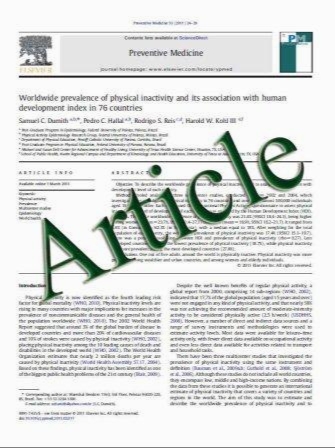Analysis of Biliary Epithelial-Mesenchymal Transition in Portal Tract Fibrogenesis in Biliary Atresia
- نوع فایل : کتاب
- زبان : انگلیسی
- مؤلف : Yu-Hua Deng Cong-Lun Pu Ying-Cun Li Jin Zhu Chunping Xiang Ming-Man Zhang Chun-Bao Guo
- چاپ و سال / کشور: 2010
Description
Background The cellular origin of myofibroblast in the liver fibrosis remains unclear. This study was designed to investigate whether biliary epithelial cells (BECs) undergoing epithelial–mesenchymal transition (EMT) might be found in patients with biliary atresia, thereby serving as a source of fibrotic myofibroblasts. Methods Liver sections from patients with biliary atresia were evaluated to detect antigen for the BECs marker 4 and cytokeratin-7 (CK-7), proteins (fibroblast-specific protein 1, also known S100A4; the collagen chaperone heat shock protein 47, HSP47) characteristically expressed by cells undergoing EMT, as well as myofibroblasts marker a-smooth muscle actin (a-SMA). Results Normal bile ducts BECs could express CK-7 and low levels of a-SMA; they did not express S100A4 and HSP47. However, BECs from biliary atresia resulted in increased expression of a-SMA, S100A4, with concurrent transition to a fibroblast-like morphology and decreased expression of AK-7. Furthermore, BECs in biliary atresia were associated with significant bile ductular proliferation and coexpressed both epithelial and mesenchymal markers. Conclusions From significant histologic evidence, the BECs forming small- and medium-sized bile ducts undergoing EMT may account for prominent bile ductular proliferation and directly contribute to fibrogenesis in BA.
Dig Dis Sci (2011) 56:731–740 DOI 10.1007/s10620-010-1347-6 Received: 23 February 2010 / Accepted: 12 July 2010 / Published online: 20 August 2010


